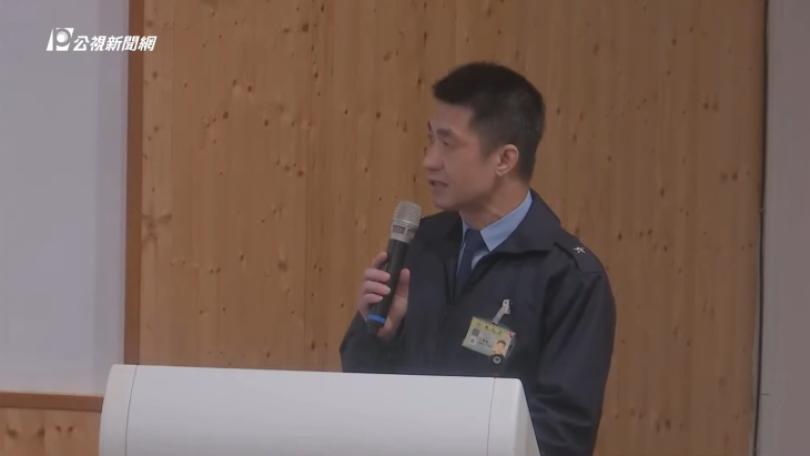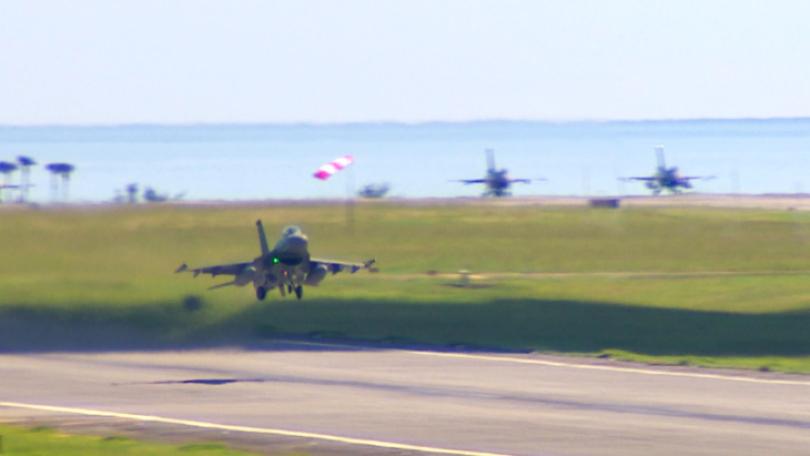Domestic Epidemic Situation Cooling Down? 疫情降溫? 專家:北北基桃進入病毒"碰壁期"

Experts say the local epidemic situation has "hit the wall" as local confirmed COVID cases on the 30th dropped to the level that it was 18 days ago. They forecast the number to remain stable for the next two weeks and an obvious decline in July at the earliest.
Recently, the local epidemic has shown signs of cooling down. Some experts say the epidemic situation has "hit the wall" as there have been a considerable number of confirmed cases in the Northern Taiwan area. Meanwhile, Taipei City has also seen its flow of people and vehicles drop significantly after it suspended in-person classes. Therefore, they forecast the number of confirmed cases for the following two weeks will stay somewhere between 60,000 and 90,000, with an "obvious" decline occurring in July at the earliest.
Huang Li-min, Honorary Chairperson, Infectious Diseases Society of Taiwan:"The number of infections needs to be 50 percent or 60 percent before confirmed case numbers will decline fast. But Northern Taiwan may not have such a high infection rate. So I think the decline of confirmed cases in Northern Taiwan will be slow. We should see a drop by July and it should be pretty significant."
Experts say we can consider relaxing border restrictions and allow the economy to recover as the epidemic situation gradually stabilizes, the vaccination rate increases, and the medical capacity is sufficient, but this does not have to take place all at once. We can shorten the current quarantine and self-management period from "7+7" to "3+4."
Hung Tzu-jen, Assoc. Prof., Institute of Hospital and Health Care Admin., NYCU:"If the confirmed cases curve trends downward after June 5, we can reduce the current quarantine policy from "7+7" to "3+4" first."
Experts emphasized that the biggest test of relaxing the border quarantine is that there may be a new virus strain entering the country. This may cause the number of domestic confirmed cases to rise again, but loosening border restrictions is inevitable for all countries in the world. As long as the amount of medical care is sufficient and high-risk groups, such as the elderly and children, are generally vaccinated, the border should be gradually relaxed and normal life resumed.
近來新冠本土疫情有降溫現象,有專家認為,北北基桃地區染疫人口、達一定程度,加上台北市暫停實體課程等政策,人流、車流大幅下降,病毒進入「碰壁期」,這兩週全台確診人數維持在6萬到9萬之間,不過,整體疫情要明顯下降,可能要到七月以後。
台灣感染症醫學會名譽理事長 黃立民表示:「你大概感染到50%、60%以後,你的下降才會很快。可是北部不一定有滿足到這麼高的感染率,那所以呢,我認為北部的下降,會慢慢下降啦!到了7月,應該會看到下降,而且是滿明顯的下降。」
專家表示,等疫情逐漸平穩,國人疫苗接種率提高,加上醫療量能也充足,就能考慮放寬邊境,讓經濟復甦,但不必一次到位,建議6月可視疫情,先將入境居家檢疫天數,從現行7+7,縮短到3+4。
陽明交通大學醫管所副教授 洪子仁表示:「6/5之後,如果說,整個疫情的流行曲線,有向下的情形,我們就可以從目前的,邊境的檢疫從7+7,或許先縮到3+4。」
專家強調,放寬檢疫最大考驗,就是可能有新型病毒進來,使得國內確診人數又會再往上升,不過這是世界各國必經之路,只要醫療量能足夠,高危險族群、例如高齡長者和兒童都普遍接種疫苗,邊境還是要逐步放寬,恢復正常生活。









